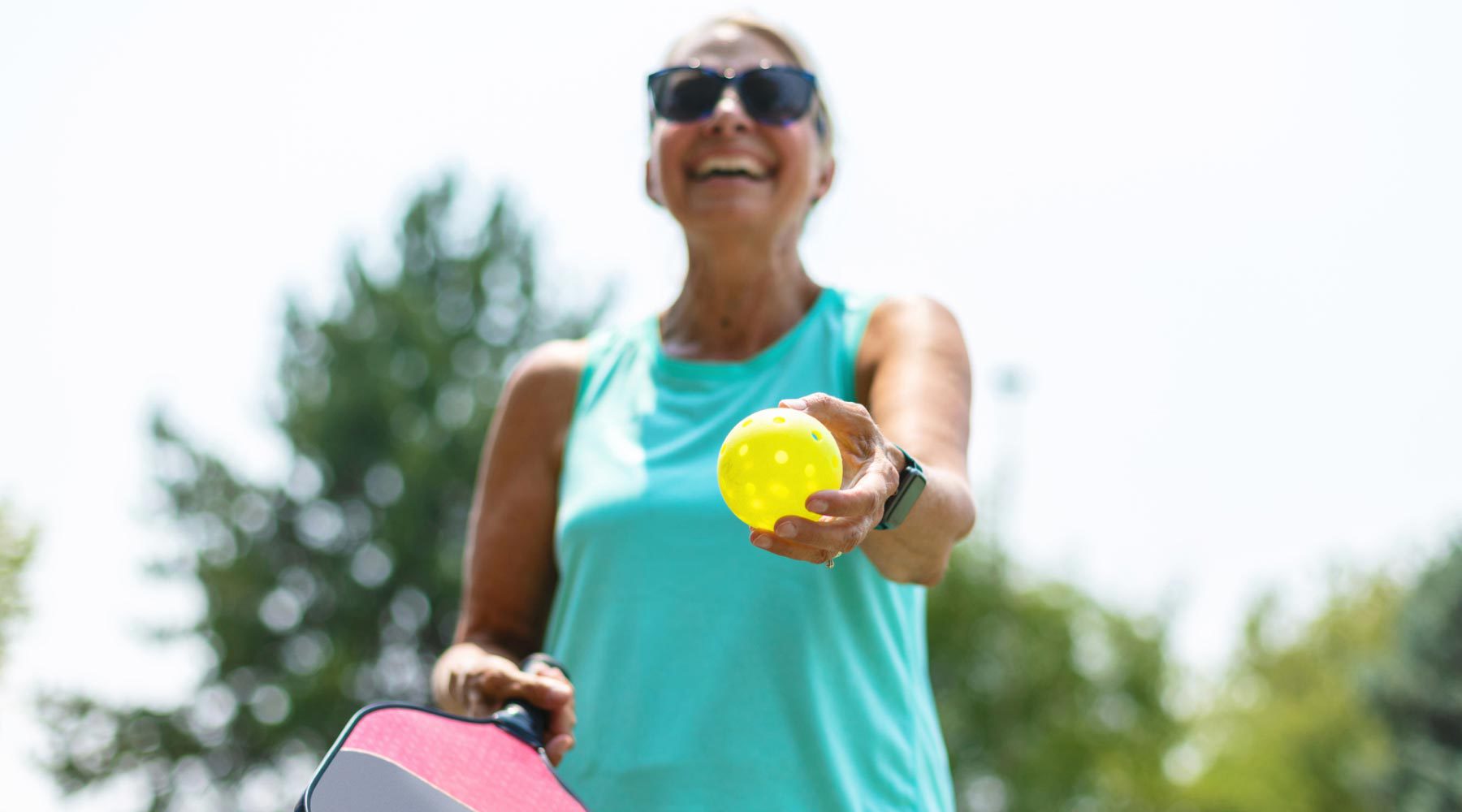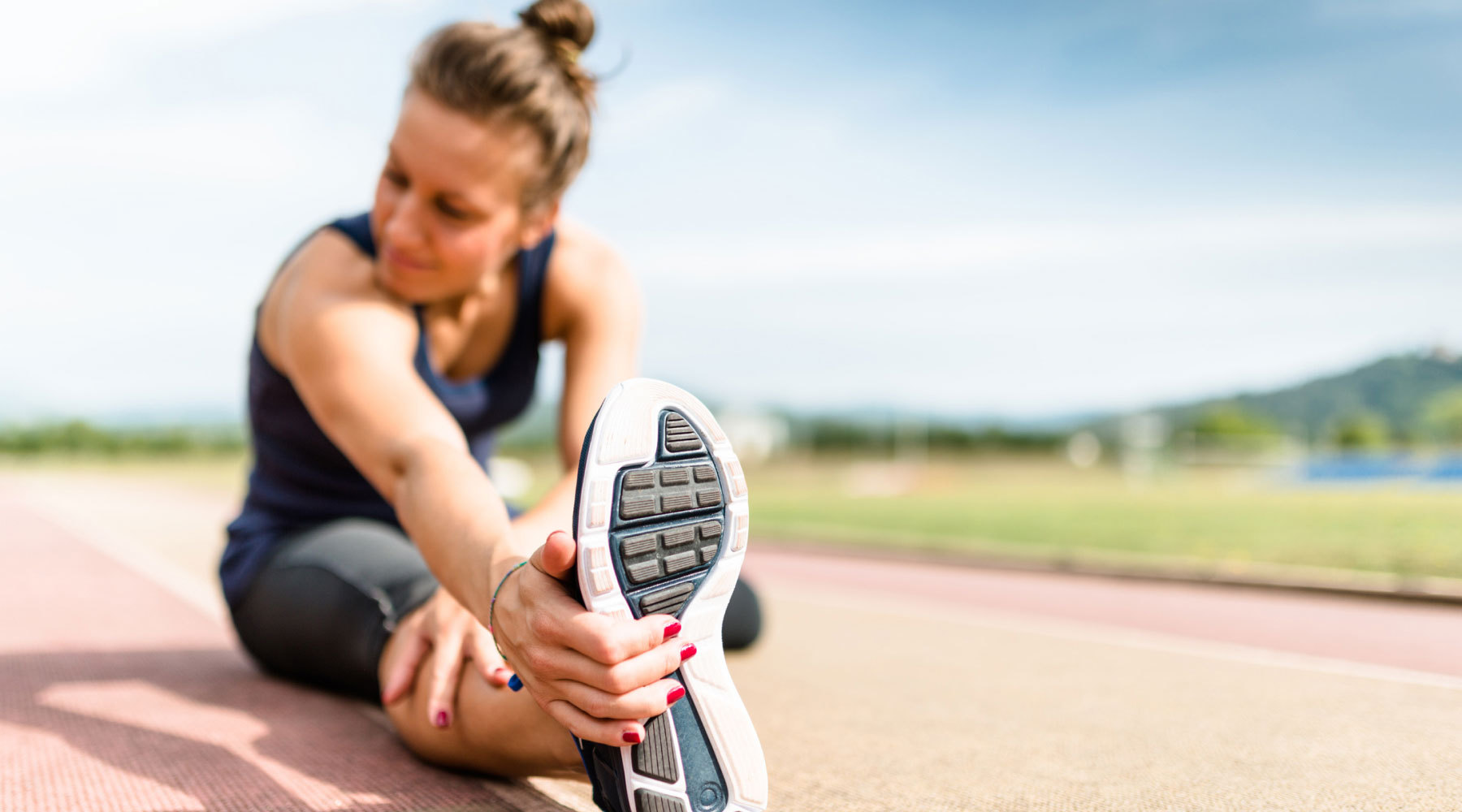
Family game nights have taken a dramatic turn over the past couple of years following the ever-growing popularity of pickleball. The game with the funny name quickly caught on during COVID-19 and has evolved into a large social scene encouraging those young and old to get active.
Pickleball is very easy to learn and can be low impact, which has drawn in a crowd of all ages, from seniors to children. The sport is a mix of tennis, table tennis, and badminton, with players often playing in pairs on a shortened tennis-like court. Whether you’ve played tennis in the past or a game of ping-pong in your friend’s basement, the sport can be picked up by virtually anyone.
Even for the Serena Williams’ of the pickleball world, injury is always a possibility. That’s why it’s important to take preventative actions before you’re sitting on the sidelines with a pickleball injury.
Common Pickleball Injuries
When it comes to pickleball injuries, they’re very similar to the types you’d see in tennis, though it may seem like a less intense version. The same movements and playing surface can lead to identical injuries. As the sport draws an older crowd, injuries are very common.
Shoulder injuries
As with tennis, the repetitive motion with front and back swings can lead to strains or tears in the rotator cuff. As the shoulder is used more frequently, the rotator cuff can become inflamed and cause a great deal of pain. In acute cases, shoulder pain can last up to a couple of days, but more long-term wear and tear may need to be treated by a doctor.
Knee injuries
While the thought of pickleball doesn’t sound too intense, the reality is that it is a fast-paced game with quick footwork. Pickleball focuses heavily on coordination, which can lead to tripping over your own feet, stretching out for the ball, or sudden backpedaling. These movements can lead to falling, which can cause a number of knee injuries, from patellar fractures to torn meniscus.
Long-term patellar tendonitis can occur after repetitive lunging motions and pivots toward the ball. Since the sport is very popular in the senior community, osteoarthritis can gradually worsen with the constant joint movement on a hard surface.
Ankle tweaks
Like knee injuries, ankle injuries can be caused by the constant pounding on the pavement and pivot motions. Achilles Tendinitis can occur when too much stress is placed on the Achilles tendon resulting in stiffness, pain, and swelling. Aside from tendinitis, ankle sprains or rolls can occur when turning for a ball or getting twisted up with your own feet.
Pickleball elbow
Everyone has heard of tennis elbow, but have you heard about pickleball elbow? Spoiler alert: it’s the same thing. Since pickleball involves many repetitive motions when hitting a forehand or backhand, this can lend itself to little tears in the elbow, leading to stiffness, pain, and general soreness. The risk is increased with poor form and lack of training.
Prevention Methods to Avoid Pickleball Injuries
Drink water
As with any sport, hydration is key. It may seem like a lower-intensity sport, but the high-paced nature makes for a sweaty time. Prepare by ensuring you drink enough water before setting foot on the court, during your match, and after. Whether you’re playing out in the blistering sun or on an inside court, water intake is equally as important.
Take the time to stretch
The most important preparation that you can take before playing is stretching. Take the extra five to ten minutes to stretch to avoid injury. As our muscles and tendons act like rubber bands, we need to make sure we have them stretched out to allow for pliable muscles and mitigate the risk of strains.
Wear appropriate footwear
Having supportive, comfortable sneakers can prevent many foot, leg, and ankle injuries alone. As the hard courts can have a harsh impact on your body, lessening that pounding on the concrete courts. With the proper ankle support and grip, appropriate footwear decreases the chances of tripping or sliding on the court and ankle twists. If you plan to play pickleball often, buying a pair of sneakers made for playing tennis or pickleball can make all the difference.
Use applicable braces
Braces can take the pressure and stress off of a body part, whether for preventive measures or to lessen pain from a previous, nagging ailment. There are braces for just about any type of body part that needs a little extra support, be it a wrist, knee, ankle, or elbow.
Now that you know how to lessen your chances of injury on the pickleball court, get out there! Though, if you happen to find yourself in a pickle, we’re here for you.



